Lawyers don’t have endless time—in fact, most have very little—to engage in legal marketing. As a lawyer, you need to be thoughtful and strategic about how you allocate your most finite resource.
Some lawyers opt to buy attention (e.g., advertising). Others choose to earn it (e.g., creating content). There is no “right” way to market. Many factors go into the decision—the most important one: what’s the best way to reach your ideal-client audience?
And while there’s no right way to market (everyone’s practice and circumstances are unique), I believe that earning attention is the most effective path for most lawyers. Creating content, for example, tends to come across as more authentic and has a higher likelihood of helping the person consuming the content, which helps build trust.
If you’re a lawyer who opts to “earn” attention, I think the best approach is implementing a “pull, push” strategy.
How to “Pull” and “Push”
In order to introduce the concept of pulling and pushing, I’ll describe my own approach to marketing. First, I have a clearly defined target market: lawyers and law firms. Armed with a clear sense of who I’m trying to reach, I share lots of content on social media platforms and in publications (such as Law.com) where my audience spends time and attention. If I’m able to create valuable content, then some of the people in my audience will be interested in receiving more content from me. They discover and listen to my podcast. They subscribe to my newsletter. They read my books. They dive deeper into the content “rabbit hole” I’ve created.
Now let’s translate my experience into something you can apply to your own marketing efforts.
“Pulling” involves leveraging online platforms such as LinkedIn and X (formerly Twitter) that allow you to share content at scale to a big community of users. You have to create and share valuable content in order to earn attention, but the opportunity to get discovered is significant.
The problem is that you don’t “own” this audience—the platform does. Your reach is always at risk when you rely on others for distribution.
That’s why it’s important to pair pulling with “pushing.” Pushing involves building your own platform that allows you to have a direct line of communication with your audience.
It’s a platform that your audience opts in to receive, such as an email newsletter or podcast, and that you control. For most content creators, their “push” audience is smaller than their “pull” audience, but it’s a more valuable audience in that you have the opportunity to develop a more direct and intimate relationship with your readers and/or listeners.
Push platforms also allow you to do a deeper dive on topics of interest to your audience, unconstrained by character limits imposed by social platforms.
Have you been thinking about creating a newsletter or starting a podcast? Now is the time. There’s lots of chatter about how social media platforms like LinkedIn and Twitter have been throttling distribution of content, and I think there’s some truth to that based on my experience over the last nine months. Keep leveraging these platforms because, despite any down-tick in distribution, they’re still the best way to reach large numbers of people. But also explore how you can “own” more of your audience to have a more direct line of communication and deeper relationship with people who want more from you.
Jay Harrington is president of our agency, a published author, and nationally-recognized expert in thought-leadership marketing.
From strategic planning to writing, podcasting, video marketing, and design, Jay and his team help lawyers and law firms turn expertise into thought leadership, and thought leadership into new business. Get in touch to learn more about the consulting and coaching services we provide. You can reach Jay at jay@hcommunications.biz.


